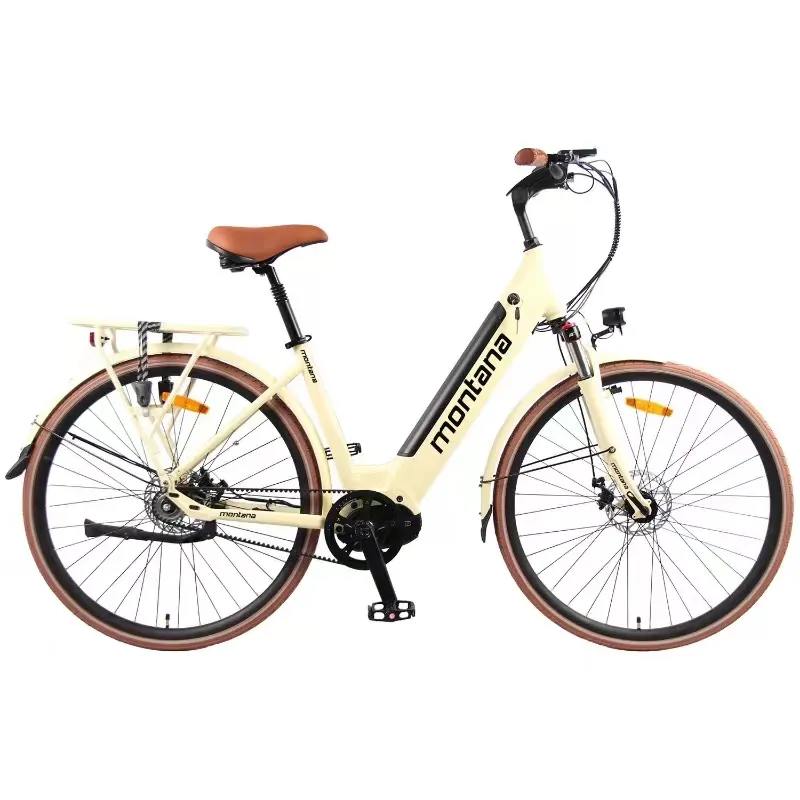
- Afrikaans
- Albanian
- Amharic
- Arabic
- Armenian
- Azerbaijani
- Basque
- Belarusian
- Bengali
- Bosnian
- Bulgarian
- Catalan
- Cebuano
- Corsican
- Croatian
- Czech
- Danish
- Dutch
- English
- Esperanto
- Estonian
- Finnish
- French
- Frisian
- Galician
- Georgian
- German
- Greek
- Gujarati
- Haitian Creole
- hausa
- hawaiian
- Hebrew
- Hindi
- Miao
- Hungarian
- Icelandic
- igbo
- Indonesian
- irish
- Italian
- Japanese
- Javanese
- Kannada
- kazakh
- Khmer
- Rwandese
- Korean
- Kurdish
- Kyrgyz
- Lao
- Latin
- Latvian
- Lithuanian
- Luxembourgish
- Macedonian
- Malgashi
- Malay
- Malayalam
- Maltese
- Maori
- Marathi
- Mongolian
- Myanmar
- Nepali
- Norwegian
- Norwegian
- Occitan
- Pashto
- Persian
- Polish
- Portuguese
- Punjabi
- Romanian
- Russian
- Samoan
- Scottish Gaelic
- Serbian
- Sesotho
- Shona
- Sindhi
- Sinhala
- Slovak
- Slovenian
- Somali
- Spanish
- Sundanese
- Swahili
- Swedish
- Tagalog
- Tajik
- Tamil
- Tatar
- Telugu
- Thai
- Turkish
- Turkmen
- Ukrainian
- Urdu
- Uighur
- Uzbek
- Vietnamese
- Welsh
- Bantu
- Yiddish
- Yoruba
- Zulu
Jul . 25, 2024 09:52 Back to list
Essential Maintenance Tips for Keeping Your Mountain Bike in Peak Condition Year-Round
The Ultimate Guide to Mountain Bike Tune-Up
Mountain biking is not just a sport; it’s a passion that connects riders with nature and thrills them with adrenaline. However, to enjoy a seamless ride, regular maintenance is crucial. An effective tune-up can dramatically enhance your bike’s performance, safety, and longevity. Here’s a comprehensive guide to tuning up your mountain bike.
1. Inspecting the Frame
Begin your tune-up by carefully inspecting the frame for any visible damage or wear. Look for scratches, cracks, or dents that could compromise the bike’s structural integrity. If you notice any significant damage, it’s advisable to take your bike to a professional for repairs. Additionally, ensure all components are securely fastened and check for any rust, particularly in older bikes or those exposed to harsh conditions.
2. Wheels and Tires
Next, focus on your wheels and tires. Check the tire pressure; under-inflated tires can lead to poor performance and increased rolling resistance. Refer to the sidewall of the tire for the recommended PSI (pounds per square inch). Carefully inspect the tires for cuts, punctures, or signs of wear. A quick way to gauge tread wear is to check for the “wear indicators,” which are small bumps on the tire’s surface.
Spin the wheels to make sure they are true and do not wobble. If they do, you’ll need to adjust the tension of the spokes or take them to a bike shop for truing. Lastly, examine the brake pads for wear and ensure they properly engage with the rim or rotor.
Effective braking is essential for safety. Check both the front and rear brakes by squeezing the levers and inspecting the brake calipers. If they’re squeaking or not engaging properly, it may be time to replace the pads or bleed hydraulic brakes.
mountain bike tune up

For shifting, assess the derailleurs to ensure smooth gear changes. Shift through all the gears while on a stand or holding the bike up. If the shifts are sluggish or skip gears, adjust the cables or limit screws. It’s also advisable to clean and lubricate the chain, as a well-maintained drivetrain contributes to better performance and longevity.
4. Suspension Setup
For mountain bikes, the suspension system is critical. Check the fork and shock for any leaks or excessive play. Adjust the air pressure according to your weight, riding style, and terrain. Many bikes come with a recommended pressure range printed on the fork or shock. Perform a “sag test” to ensure the suspension is set up correctly, allowing for optimal compression and rebound.
5. Final Touches
Once you’ve completed the major components, give your mountain bike a thorough cleaning. A clean bike not only looks great but helps prevent corrosion and wear. Use a soft brush and a gentle bike cleaner to wash off dirt and debris. After cleaning, apply a light coat of bike-specific lubricant to the chain, derailleurs, and pivot points to keep everything moving smoothly.
Finally, double-check all fasteners and components to ensure everything is secure. Regularly performing these tune-ups—ideally every few months—will extend the life of your bike and maintain its performance.
Conclusion
A well-tuned mountain bike can enhance your riding experience, making each trail more enjoyable and safe. By following this guide, you can keep your mountain bike in peak condition and ready to tackle any adventure the trails may present. Whether you are a casual rider or a hardcore mountaineer, investing time in bike maintenance is essential for every biking enthusiast. Happy trails!
-
The Ultimate Kids' Four-Wheeler Experience
NewsJul.09,2025
-
The Ultimate Guide to Mountain Bikes: Gear Up for Your Ride
NewsJul.09,2025
-
The New Age of Cycling: Electric Bikes for Every Rider
NewsJul.09,2025
-
The Best Kids Bicycles: Ride in Style and Safety
NewsJul.09,2025
-
The Best 3-Wheel Scooters for Kids: Fun, Safety, and Adventure
NewsJul.09,2025
-
Revolutionize Your Ride: Affordable Electric Bikes
NewsJul.09,2025
-
Finding the Perfect Mountain Bike for Every Rider
NewsJul.09,2025



